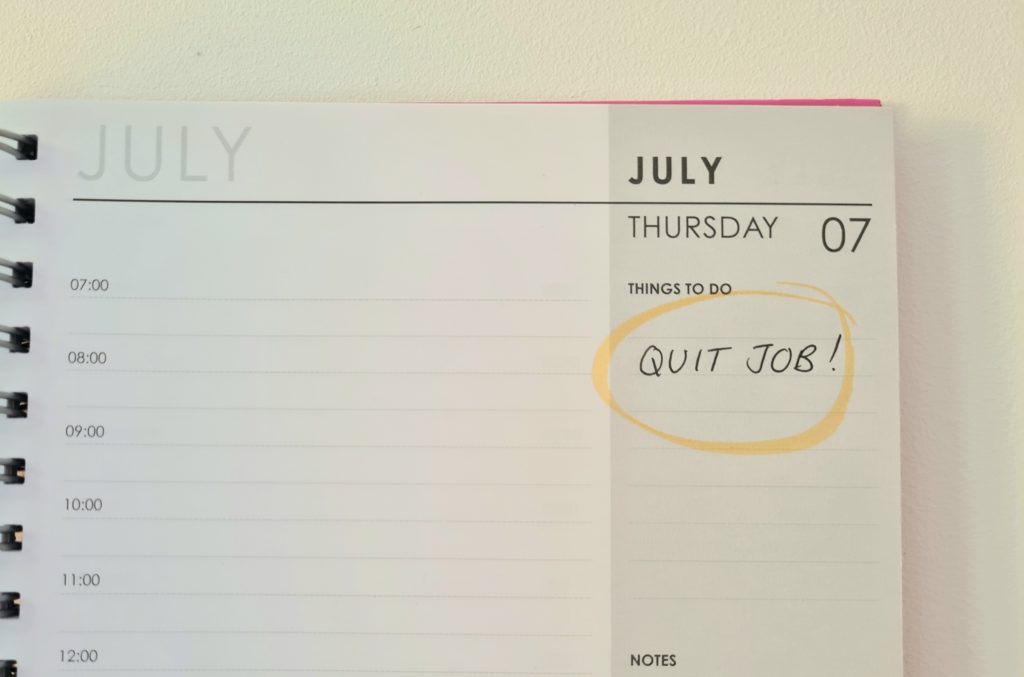Dealing with resignations
It seems apt to launch this blog today, at a time when there have been so many resignations from our government.
Resignation should be made in line with the notice periods outlined in the contract of employment. In absence of this (of course, all of you reading this do have employment contracts in place) statutory notice will apply. Statutory notice depends on how long someone has worked for you:
- 1 month to 2 years – statutory notice is 1 week
- 2 to 12 years – statutory notice is 1 week for each full year worked
- 12 years or more – statutory notice is 12 weeks

Usually, employees are required to resign in writing (including by email), but this can be verbally. In writing in some form is recommended so that there is no dispute around dates or intentions. Unless agreed otherwise, the contract of employment continues as usual during the notice period (note ‘garden leave’ and ‘pay in lieu of notice’ below).
On receipt of a resignation, always respond to this in writing confirming:
- the date the resignation was received
- the required notice period and when this will end
- if garden leave applies (see below)
- the effective date of termination (i.e. their last day)
- the holiday accrual position i.e. if they have accrued holiday outstanding, taken too much, whether they should take this during the notice period (check the contract on this or take advice from us before ‘forcing’ holiday leave in the notice period)
- confirmation of how any benefits will be dealt with e.g. pension arrangements, insurance, bonuses etc
- what and how company property should be returned
- how outstanding loans will be dealt with e.g. training repayment agreements in place or other cash loans made
- when they can expect their final pay, payslip and P45.
Garden Leave
Garden leave is where employees remain on payroll, and have the same pay and benefits, but do not work during the notice period. If the contract expressly allows for garden leave, then this can be invoked. The employee is usually restricted from contacting colleagues, clients, and suppliers during this period. Do outline the terms of the garden leave in the acknowledgement of resignation letter.
Pay in lieu of notice (PILON)
PILON is where an employee leaves earlier than the end of the notice period and receives payment equivalent to what they would have received if working. Check if the contract expressly allows for PILON.
If the contract allows for PILON, any payments are made in the usual way and deductions should be made for tac etc. If there is no contractual right to PILON i.e. the contract is silent on this, then a PILON payment can be made tax-free (up to £30,000) as it’s not a payment under the contract, but an advance payment for breach of contract.
PILON can be complex depending on how the contract is worded and what benefits the employee usually, or contractually receives. It’s always best to take advice before invoking this.
Please note: the effective date of termination is the actual last working day (which can be an annual leave day) not the end of the notice period.
‘Heat of the moment’ resignations
When someone resigns in anger, you should always allow a ‘cooling off’ period before accepting the resignation at face value. We’d recommend waiting until the next day and speaking to the employee once they have calmed down to discuss the resignation, what can be done to remedy what led to it and if it really is a resignation or whether employment can continue.
For expert guidance on dealing with resignations give us a call on 01449 708999 or email [email protected]
